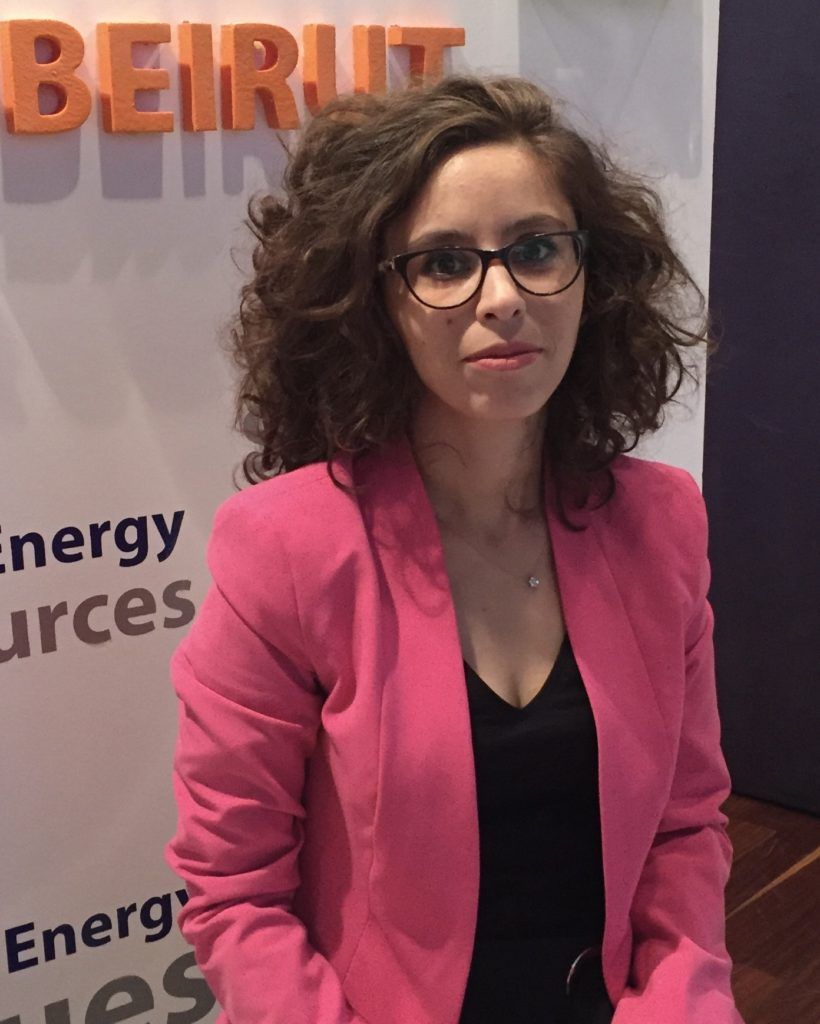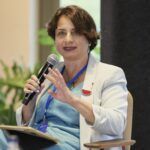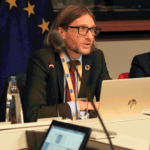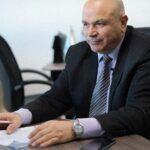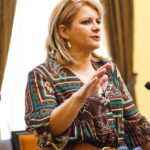Voices from the field
Sorina Mortada
Public buildings cut energy bills: new parameters in 3D models
The energy demand is increasing all over the world, and some countries of the south-east Mediterranean region are already experiencing energy shortages and power cuts. In Lebanon, the building stock consumes around 78% of the overall electricity generated in the country. While this percentage varies across the region, this proportion is not negligible. That is why projects are focusing on increasing the energy efficiency of buildings, particularly the public ones. We have talked about this to Sorina Mortada, consultant of the Lebanese Center for Energy Conservation, the partner of the BEEP and ESMES projects – co-funded by the Mediterranean Sea Basin ENI CBC programme – working on energy conservation measures.
What is the situation of the energy sector in the Southern Mediterranean region? What are the common challenges and opportunities?
We live this paradox: a huge potential for using sun and wind, but no easy way to exploit them, because it is very difficult for us to import the necessary equipment and infrastructure to use renewable energies. These are not manufactured locally, and currencies here are not strong enough to import them. Furthermore, especially in rural areas, the isolation of buildings is poor, electricity bills are relatively low and so people do not have the incentive to act. A lot of energy could be saved with small and cheap measures, but there is now awareness.
So what is your aim through the ENI CBC projects?
To shift from fossil fuel to renewable energies, and to integrate energy efficiency and energy conservation measures in our consumption, with a focus on public buildings. The BEEP project is about renovating public heritage buildings and ESMES deals with the rehabilitation of public schools through energy efficiency measures. For us, renewable energies are the salvation, not only from the environmental perspective but simply from an electricity and energy availability point of view. We want to achieve energy security in the region while adhering to our environmental commitments.
You are using the “building information modelling” technology: can you explain what is all about?
A building information model is a digital representation of the physical and technical characteristics of a certain facility. To construct a house, you need plans and maps involving a civil engineer, an architect, a mechanic engineer… In our model we integrated all this expertise in one 3D digital representation, and, in addition, we went up to 7 dimensions 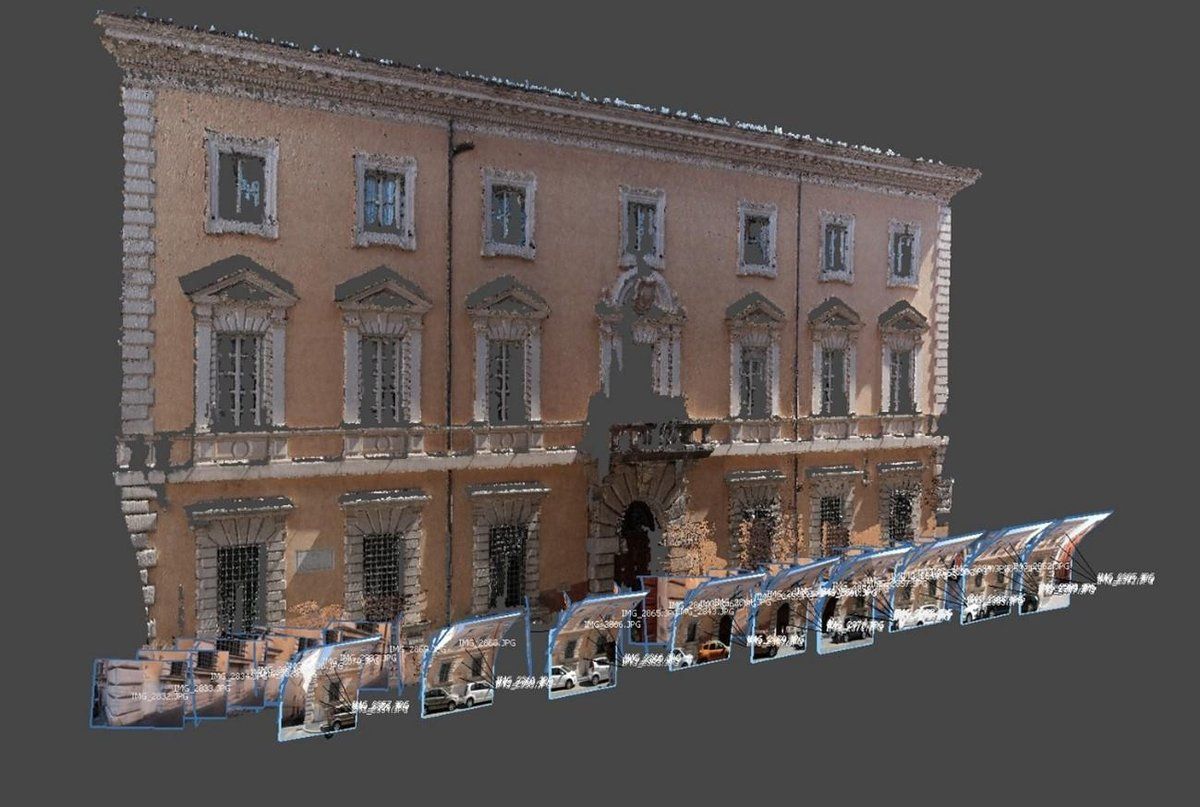 including energy parameters such as the cost, the energy consumption, the life cycle of the materials, etc. And this is the innovative component of the BEEP project: until now there was no connection between a 3D building model and its energy component. We have done this for 9 public heritage buildings in 7 countries. For example, we have proposed installing solar PV panels on the roof of the Rachid Karami Cultural Center at the Nawfal Palace (Tripoli, Lebanon). Here you can see the 3D tour! The final model includes standardised energy data and allows us to check the energy consumption of the building, what would be the energy savings, etc. In addition, we are applying this complex process to heritage buildings, which means that we have to consider aspects other than technical, we cannot simply replace the building envelope, we have to respect the heritage value.
including energy parameters such as the cost, the energy consumption, the life cycle of the materials, etc. And this is the innovative component of the BEEP project: until now there was no connection between a 3D building model and its energy component. We have done this for 9 public heritage buildings in 7 countries. For example, we have proposed installing solar PV panels on the roof of the Rachid Karami Cultural Center at the Nawfal Palace (Tripoli, Lebanon). Here you can see the 3D tour! The final model includes standardised energy data and allows us to check the energy consumption of the building, what would be the energy savings, etc. In addition, we are applying this complex process to heritage buildings, which means that we have to consider aspects other than technical, we cannot simply replace the building envelope, we have to respect the heritage value.
What are the practical implications of this model? Do you think this innovative process could be widely replicated?
Before I mentioned the financial difficulties… indeed public administrations do not always have the money to implement energy efficiency or renewable energy measures. To overcome this barrier, we are creating a template of energy performance contracts that will be applicable in all regions, taking into account the legal specifications of each country. The idea is to create contracts in which the supplier – the energy service company – performs an energy audit in a certain facility, proposes energy efficiency and renewable energy measures, and bears part of the implementation costs at the beginning. Later on, the energy service company will be paid back with the achieved energy savings. This is just one way to lighten the burden of the investment costs for the administrations. Other formats include costs sharing, rental of the equipment, it depends. But the main idea is to transform the first investment into operational costs that can be more easily afforded by the public administration. If this works out, it can be replicated in any other kind of buildings.
How are you achieving optimisation of energy consumption in 10 public schools in the MED region?
We are performing an energy audit in 10 schools, considering the building structure and the consumption forecast. This is the basis to elaborate an innovative energy efficiency plan. According to our baseline energy report in Lebanon, lighting represents 44% of the total energy consumption in public schools. Now that the schools are open again and running, we are installing energy meters to obtain more accurate data on the energy consumption and compare it with our calculations. Based on this work, we will propose a list of measures to implement: PV solar system, lighting retrofit, enhancing the building envelop or installing double glazing, all these conditional upon technical and financial specifications.
What is the role of the local authorities? How are you working with the public institutions to achieve your goals?
Within the ESMES project, we have created 5 national energy hubs (one per participating country) to share expertise and expand our operational capacities. Here we have both public authorities – local and national – and private stakeholders, exchanging best practices to implement and evaluate sustainable, cost-effective, and specially tailored energy rehabilitations for public schools’ buildings. On the other hand, in the BEEP project we are in constant coordination with the public authorities. We have engaged in a very fruitful cooperation with the municipality of Tripoli and we are planning to sign a Memorandum of Understanding with them to keep collaborating in the near future and help them replicate the project in other heritage buildings. In fact, they are very grateful: recently one of the buildings we work on was set of fire during the riots and protests that took place in Lebanon. Thankfully we had already done the 3D scanning of the building, so now these maps are being very useful to reconstruct it exactly as it was before.
To what extent do you think energy sustainability in public buildings is relevant for the years to come?
I think it is crucial: we don’t have the choice to think or debate about it. We should tackle energy efficiency from a bottom-up approach: the impact is higher, if not on the energy bill, on the awareness raised among the general public. There is a multiplying effect when citizens can see that energy efficiency plans for a municipality, a school, or the office of the mayor are not something abstract, can be easily replicated in private offices, residences and so on. Public administrations should become a role model. If any government is to enforce measures related to energy efficiency, it should be applying them first at its own level. We have to be able to say “we have done our part, now, private sector, is your turn to contribute to the fight against energy instability”.
